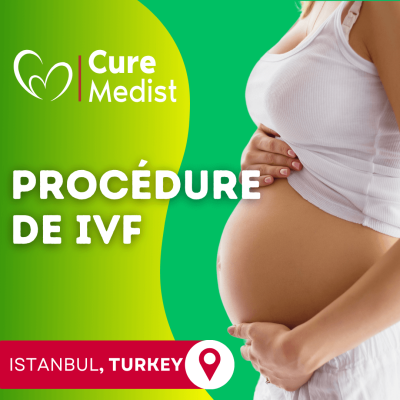IVF stands for In Vitro Fertilization. It’s a complex series of procedures used to treat fertility or genetic problems and assist with conception. Here’s an explanation of the process:
**1. Initial Consultation and Testing:
- The journey typically starts with a consultation where both partners discuss their medical history, lifestyle factors, and undergo fertility testing. This includes hormone tests for the woman, semen analysis for the man, and possibly other tests to assess reproductive health.
**2. Ovulation Stimulation:
- In a natural menstrual cycle, a woman typically produces one egg. In IVF, fertility medications are used to stimulate the ovaries to produce multiple eggs. Monitoring through blood tests and ultrasounds helps determine the timing of egg retrieval.
**3. Egg Retrieval:
- Once the eggs are mature, they are retrieved from the woman’s ovaries using a minor surgical procedure called follicular aspiration. This is usually done under sedation or anesthesia to minimize discomfort.
**4. Sperm Collection:
- On the same day as egg retrieval, sperm is collected from the male partner or a sperm donor. The sperm is processed and prepared for fertilization.
**5. Fertilization:
- In the laboratory, the retrieved eggs and sperm are combined in a petri dish or specialized culture medium. Fertilization occurs naturally or can be assisted through techniques like intracytoplasmic sperm injection (ICSI), where a single sperm is injected directly into an egg.
**6. Embryo Culture:
- The fertilized eggs (embryos) are monitored and cultured in the laboratory for several days as they develop. The embryologist assesses their growth and quality.
**7. Embryo Transfer:
- One or more healthy embryos are selected for transfer into the woman’s uterus. This is usually a straightforward procedure that does not require anesthesia.
**8. Luteal Phase Support:
- After embryo transfer, the woman may be prescribed medications such as progesterone to support the lining of the uterus and improve the chances of embryo implantation.
**9. Pregnancy Test:
- About 10-14 days after embryo transfer, a blood test is performed to determine if pregnancy has occurred. If successful, prenatal care begins to monitor the pregnancy.
Additional Considerations:
- Frozen Embryo Transfer (FET): Unused embryos from the IVF cycle can be frozen (cryopreserved) for future use. FET involves thawing and transferring frozen embryos into the uterus during a subsequent cycle.
- Genetic Testing: Preimplantation genetic testing (PGT) may be performed on embryos to screen for genetic disorders or abnormalities before transfer.
Success Rates and Challenges:
- Success rates of IVF can vary depending on factors such as age, cause of infertility, and reproductive history. It may require multiple cycles to achieve pregnancy.
- IVF procedures can be emotionally and financially challenging. Support from healthcare providers, counselors, and support groups can be beneficial.
In summary, IVF is a fertility treatment that involves stimulating the ovaries to produce eggs, retrieving the eggs, fertilizing them with sperm in a laboratory, and transferring the embryos into the uterus. It offers hope for couples struggling with infertility and has evolved with advancements in technology and medical practices.

